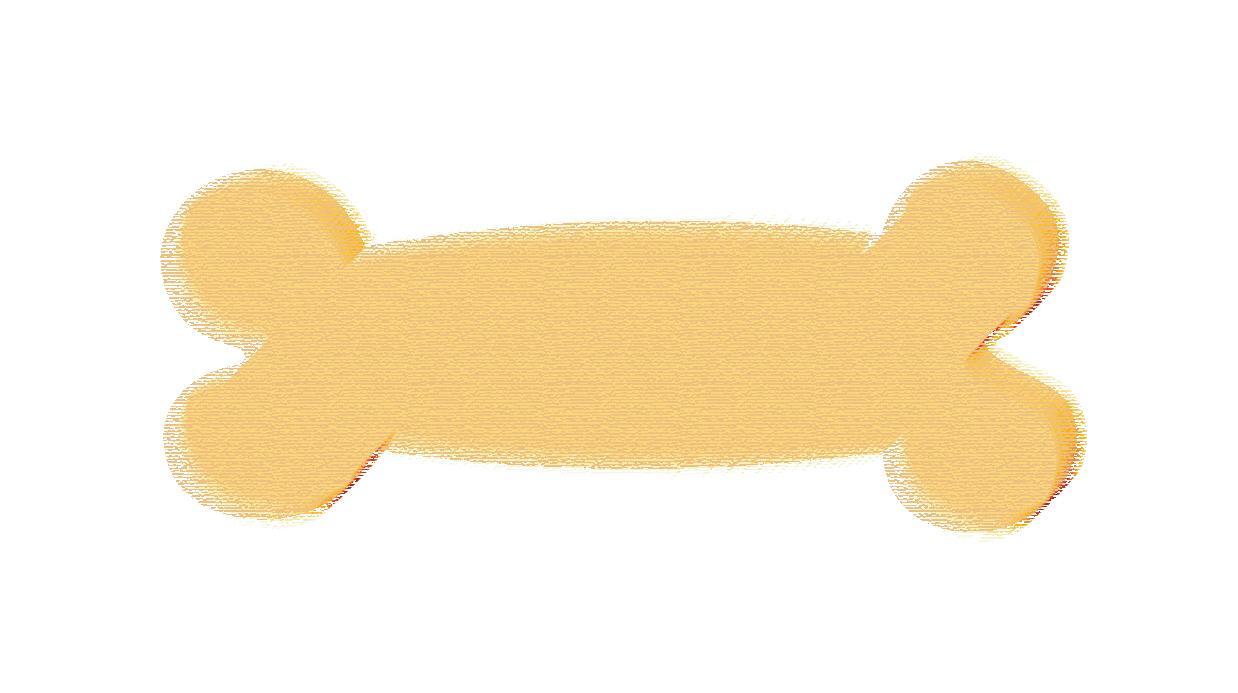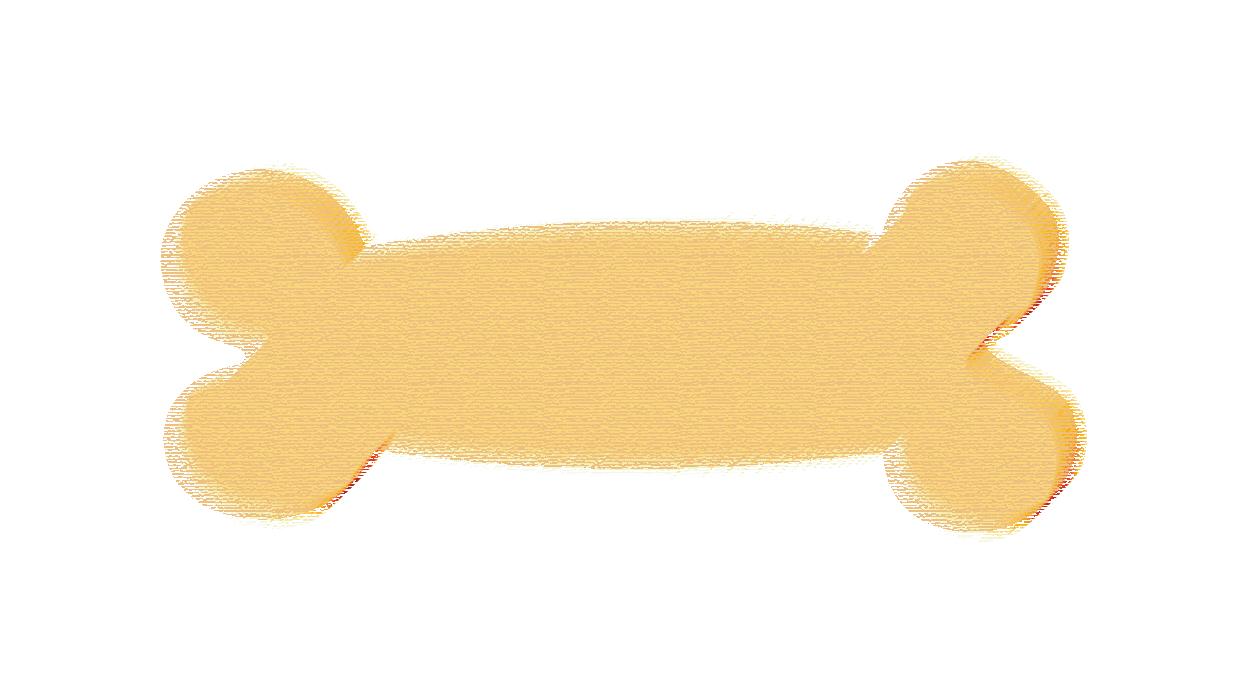














































Before the discussion about stray dogs and companion dogs, we cannot help but wonder what does the two verbs, “stray” and “company”,correspond to what are the subject and object.
Firstly, it is essential to clarify the definition of “stray”. The term, Rōnin(ろうにん, means ‘wanderer’), in ancient Japan means leaving“home” and wandering in other countries. The description of stray dogrefers to dog which are not under direct control by humans, and their habitation, which are also not restricted, can be in urban, rural ormountains. The most interesting part is that the criterion to define“stray” is associated with location of their “home”. This criterion alsoapplies to how human distinguish stray dog from domestic dog. Wecannot help but think that the definition of “home” refers to whosehome. Whose home was it originally? Who is wandering away fromhome to become stray?
Undeniably, no matter how we want to understand animal or empathy all individuals. As an analogy for trying to understand animal, this issimilar to mathematical concept of approximation, it means something is intentionally
similar but not exactly equal to something else.Eventually, human-beings are not able to fully understand the situationthat animal faces. Additionally, the definition of ideas, such as wildlife,livestock, nature, urban, are all originated from an Anthropocentricperspective that humanity's collective activity is laying down a varietyof traces and human separate themselves from nature.

Dog, human’s best friend, and cat have been updated from "exotic species" to "invasive alien species" in Catalogue of Life in Taiwan published by Academia Sinica on March 14, 2022. Culling, the killing of animals, is usually the strategy to control invasive alien species and manage animal populations. The most famous example of invasive alien species is the channeled apple snail(Pomacea Canaliculata), which drastically have a negative impact on crops. This change by the Academia Sinica, completely altered the fate of stray animal in the urban area, such as cat and dog, and its fate is the completely opposite of companion animal.
When we think about the term “companion” dog, we would ask, “who companies who?”, “who needs to be companioned?” Perhaps,companion is rely on each other.
With the core concepts from four groups of our researchers, presented in the exhibition, the audience might be familiar with different attitudes toward theseissues.
“How to find a suitable working dog among stray dogs?”
Improving the functionality of stray dogs might be connected with a utilitarianism perspective, it regards stray dogs as a return on investment. “The dilemma and current situation of animal shelter.” When it comes to the perspective of focusing on adaption and care, the long-term finance and operation difficult are still an obstacle in the current situation of care center.
When it comes to the perspective of focusing on adaption and care, the long-term finance and operation difficult are still an obstacle in the current situation of care center. “The environmental impact of stray dog, how stray dog become companion dog and the subsequent impact on human” In the context of wildlife conservation, how do human deal with animal’s aggressive behavior and predation? How should human control the environmental impact of predator? “Why human can decide the reproductive rights of dog” In terms of controlling the environmental impact of invasive species, the most effective strategy is ligation. However, is ligation the ethically correct strategy from a humanitarianism perspective?
In this exhibition, the result from our researchers attempt to provoke discussion among the audience. The exhibition reflects different attitudes in our society toward this issue and it guides the audience to learn about this topic from a diversity of perspectives.
After familiarized with this topic, we can develop a more inclusive perspective to shift our thinking to different approaches. The audience may acquire the acceptance of the differences among human-beings or species, and see the difference as a spectrum rather than binary or trinary classifications. Finally, respecting each other can embrace the essence of individual living-being.
The goal of this project is to develop the “Companion Dog System” in Taiwanese community in the near future and improve the current situation of stray dog. Furthermore, it is also an effort to transform stray dog into working dog or companion animal. With the stigmatization of the term, “stray”, we have strayed further away from respecting animal lives, and this exhibition tries to destigmatize this term. Additionally, in this exhibition, an artist would develop this issue into artistic practice by using materials, such as dog fur, animal parts, and polyester resin. With this art project, this exhibition provides more insights for this topic. This exhibition will provide the audience with an alternative of seeing the difference as a spectrum and respecting all living-beings.







The works of the artist and participants are presented in the exhibition space at varying heights. The method of presenting artworks utilize circular space and the hexagonal arrangement of works attempt to decentralize unidirectional visitor flow. In the curator’s intention, this irregular visitor flow resembles a creature roaming around, whichrefers to the essence of life.

“Series I ‒ Entrance Door Mat”: the door mat, as a symbol for entering in-door space, has the function of removing dirt from the soles of shoes. The artist sticks dog fur onto the mat, as a symbol of dog, in order to remind the audience to be aware of stray dog’s life. Eventually, it is the audience’s decision to step on the mat or not.
“Series II ‒ Hanging Skin Rug”: A skin rug, which functions as an object to show social status, hangs in the center of the circular space in this exhibition. In this series of artworks, both the skin rugs and the canvases on the wall of this white cube exhibition space critique how human regards individual living being as an ornamental object.

“Series III ‒ Epitaph”: this series is developed from the past series. The artist’s methodology in this series of works adapts a way to preserve organism in order to engage with the audience with a strong sense of visual impact. In this exhibition, the artist displays her works in a I-shape case with glass material. It provides an alternative method of display by showing the audience the bottom part of the works.
“Participants’ Works”: It is displayed on the similar type of glass case as “Series III ‒ Epitaph”. Both the artist’s works and participants’ works are arranged at the same height. This symbolizes mutual respect across a variety of living being.








Dog fur, a metabolite in dog’s life cycle, is the trace of dog’slife. This metaphor the artist adopted might respond to the current state of dog in the biosphere. What types of living condition of dog are hidden under the metropolis constructed specifically for human-beings?
In these series of artworks, “Morphing Canine”, the artist attempts to redefine the relationship between stray dog and human by transforming dog fur collected from a variety of spaces into several mediums. The artwork, “Entrance Door Mat”, provides an insight about the current political state of stray dogs in human society. “Hanging Skin Rug” focuses on canine’s identity in the system of human society. “Epitaph” explores the essence of life from a holistic approach. Through the usage of dog fur in several mediums in the exhibition, the artist explores the possibilities of transcending a grand narrative and seeks an alternative narrative of living beings.
A mat, which is made by sticking dog fur onto a fabric, is placed at the entrance of the exhibition space as an entrance door mat. The artist attempts to blur the distinction between artwork and everyday object. This door mat interacts with audience under their subconscious mind. Some audience might step on it, while others might avoid it. These two decisions which are made by the audience during a short period of time in this interaction with the object symbolize the different attitudes toward stray dogs in political discourse: some consciously avoid the debate, while others are not aware of the issue.

From stray dog’s perspective, this series of works probe into discussing the identity of dog in Anthropocentrism by hanging a skin rug and several canvases, both made out of dog fur, in the exhibition space. In certain culture, parts of huntedanimal’s skin are kept and displayed by the hunter for vanity. The artist attempts to remind the audience about this concept by displaying the rug hanging in the air, which is similar to how hunted animal’s skin is displayed. These monochromecanvases, made from the same breed of dogs, symbolize how purebred dog is preferred in the market. This artistic approach critiques how living beings are valued in the market based on taxonomy and how living beings are beingexhibited by merchants.
Series I&II focus on dog’s situation in the urban area; in comparison, Series III extends the idea further from the perspective of an individual living being. Series III develops the concept from the artist’s past work, A Funeral, which aims to reinterpret animal’s value of life from an objective perspective through representation and visualization. With the new elements in the artwork, dog fur, this artwork seeks to search for the essence life of dogs without them being labeled by Anthropocentric logic, such as regard as a commodity or being seen as stray dog.
fur, as the trace of dog’s life cycle, is the main element in “Morphing Canine”. It reflects a diversity of animal’s life status through a variety of medium in this artistic approach. In this workshop, the artist guides the participant to collect dog fur from their pet and make their own needle felting as a souvenir of their pet’s life cycle. This artistic approach redefines how the dog fur specimen is perceived as an object or as a living being. In the end, the artist would lead the participant
onto an



work for their pet.
embed the
creating their own






